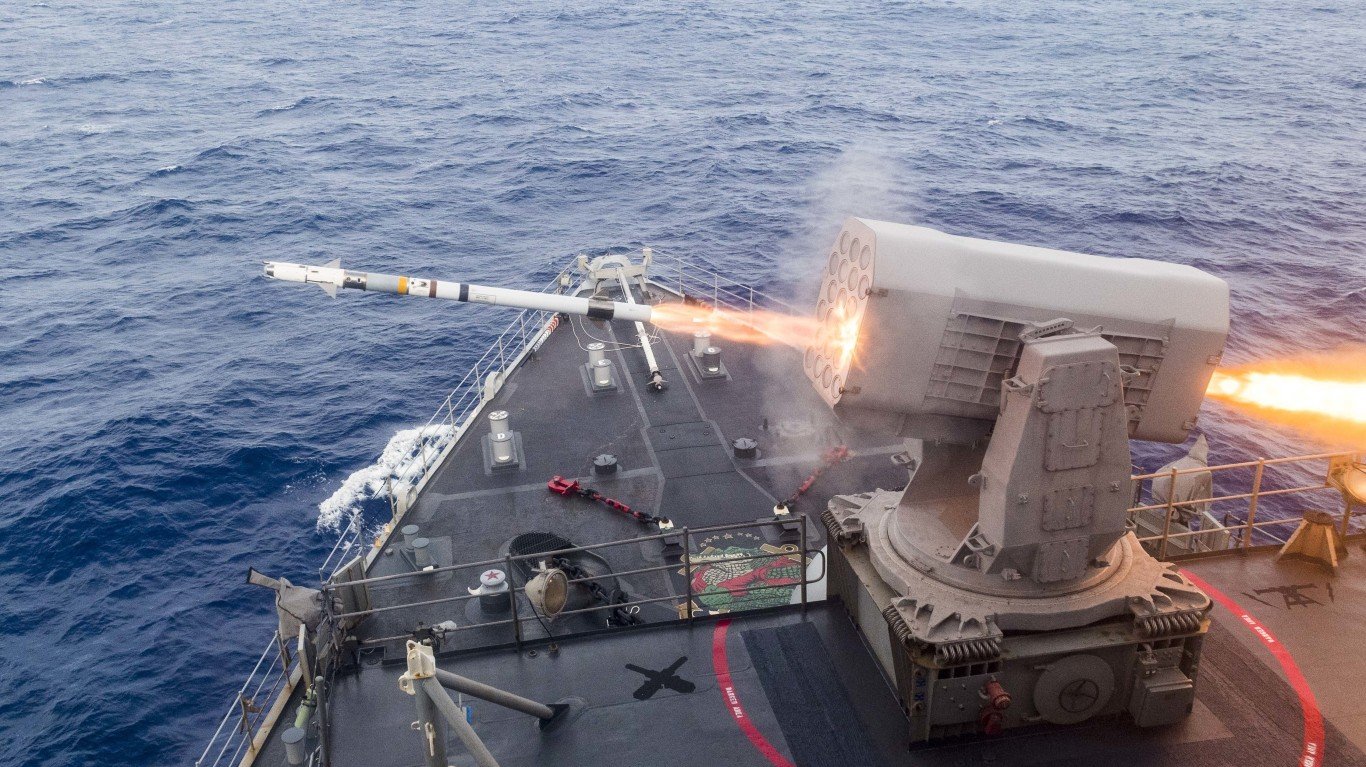 JAL will list on the Tokyo exchange with an initial public offering that will raise $8.5 billion. The listing is improbable for two reasons. The first is that airlines have had a rough year worldwide because of fuel costs and slow economies. The other is that JAL filed for bankruptcy three years ago. But, in the airline industry, a comeback from Chapter 11 is actually probable and often successful, which makes it unlike many other sectors. JAL took advantage of Chapter 11 the way that U.S. airlines have for years.
JAL will list on the Tokyo exchange with an initial public offering that will raise $8.5 billion. The listing is improbable for two reasons. The first is that airlines have had a rough year worldwide because of fuel costs and slow economies. The other is that JAL filed for bankruptcy three years ago. But, in the airline industry, a comeback from Chapter 11 is actually probable and often successful, which makes it unlike many other sectors. JAL took advantage of Chapter 11 the way that U.S. airlines have for years.
Publicly traded U.S. airlines do not trade at the bottom of their 52-week range, but they trade nowhere near the top. Despite a drop in oil prices, jet fuel costs are still extremely high. Many carriers have offset this by hedging against fuel prices and taking planes out of service to reduce capacity. But many routes have to be maintained because they are essential to customer services, even if those customers do not fly as often as they might in a robust economy. American carriers are confronted with competition from discount carriers like JetBlue Airways Corp. (NASDAQ: JBLU) in their home market and huge carriers in Asia and Europe. All of this conspires to keep ticket costs down in many markets. That, in turn, keeps margins thin for U.S. airlines. The situation is bad enough that the industry’s mouth piece, the International Air Transport Association, recently reported:
[G]lobal traffic results for June showing a continued slowing of growth in the demand for air transport. This is in line with weakness in business and consumer confidence.
JAL used bankruptcy in much the same way that AMR, the parent of American Airlines, is doing now. Bankruptcy courts often allow carriers to sharply drop long-term debt and plane leases. Sometimes, above and beyond that, union workers are fired. AMR is expected to be a stronger carrier when its restructuring is over, so strong that U.S. Airways Group Inc. (NYSE: LCC) would like to take it over.
The use of bankruptcy has helped many carriers in America over the a period that stretches back to the 1970s. At some points, it seems that more U.S. carriers are in Chapter 11 than those that are not.
JAL learned to use the American way to right itself. Investors may pay too much for JAL shares because a global recession may deepen, and the Japanese market may not recover quickly. But, even if profits are small, JAL has eliminated many of the drags of its cost structure. It is a positively American approach to the industry.
Douglas A. McIntyre
Essential Tips for Investing: Sponsored
A financial advisor can help you understand the advantages and disadvantages of investment properties. Finding a qualified financial advisor doesn’t have to be hard. SmartAsset’s free tool matches you with up to three financial advisors who serve your area, and you can interview your advisor matches at no cost to decide which one is right for you. If you’re ready to find an advisor who can help you achieve your financial goals, get started now.
Investing in real estate can diversify your portfolio. But expanding your horizons may add additional costs. If you’re an investor looking to minimize expenses, consider checking out online brokerages. They often offer low investment fees, helping you maximize your profit.
Thank you for reading! Have some feedback for us?
Contact the 24/7 Wall St. editorial team.


